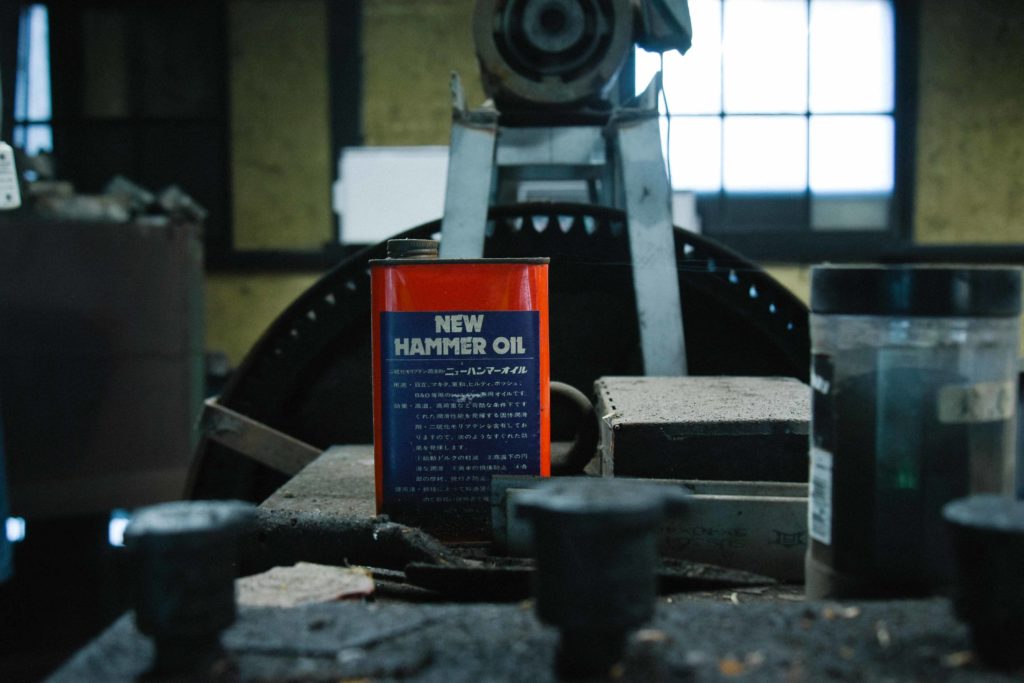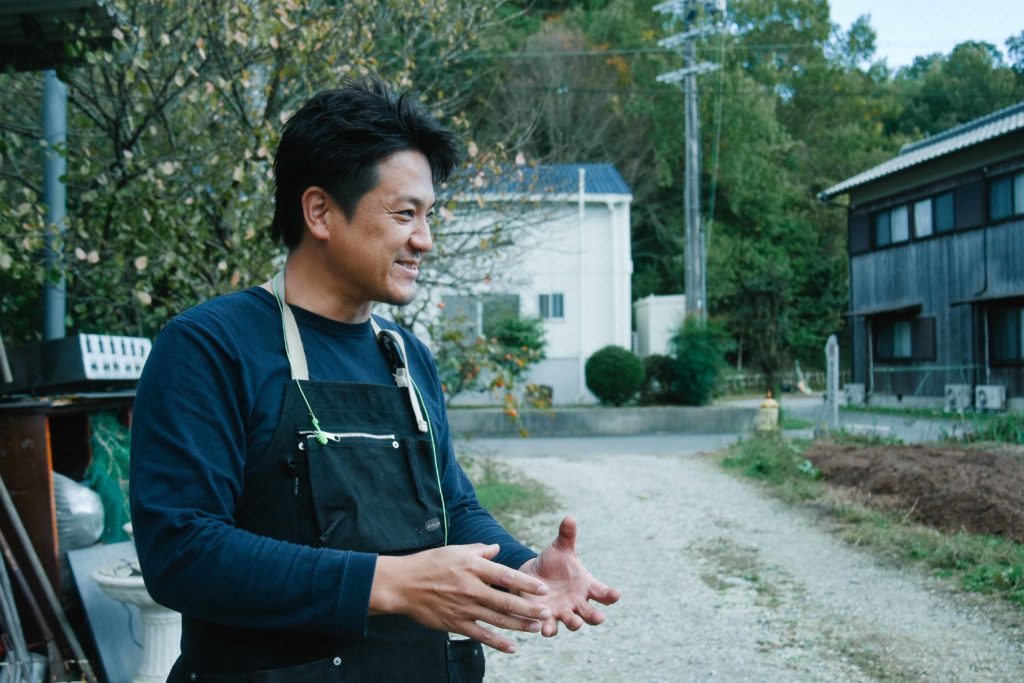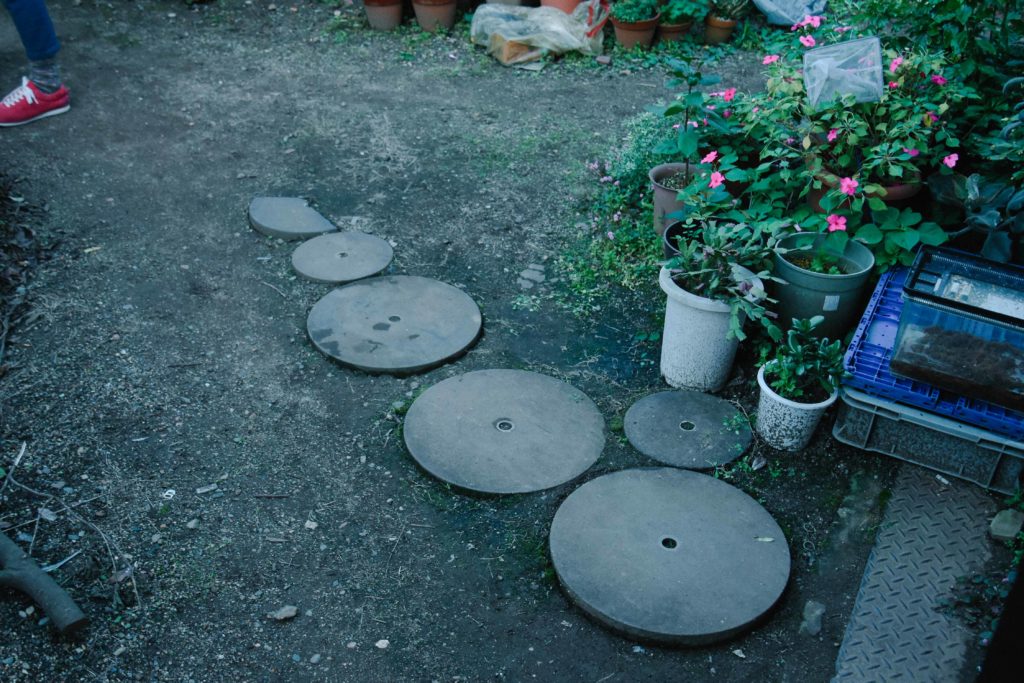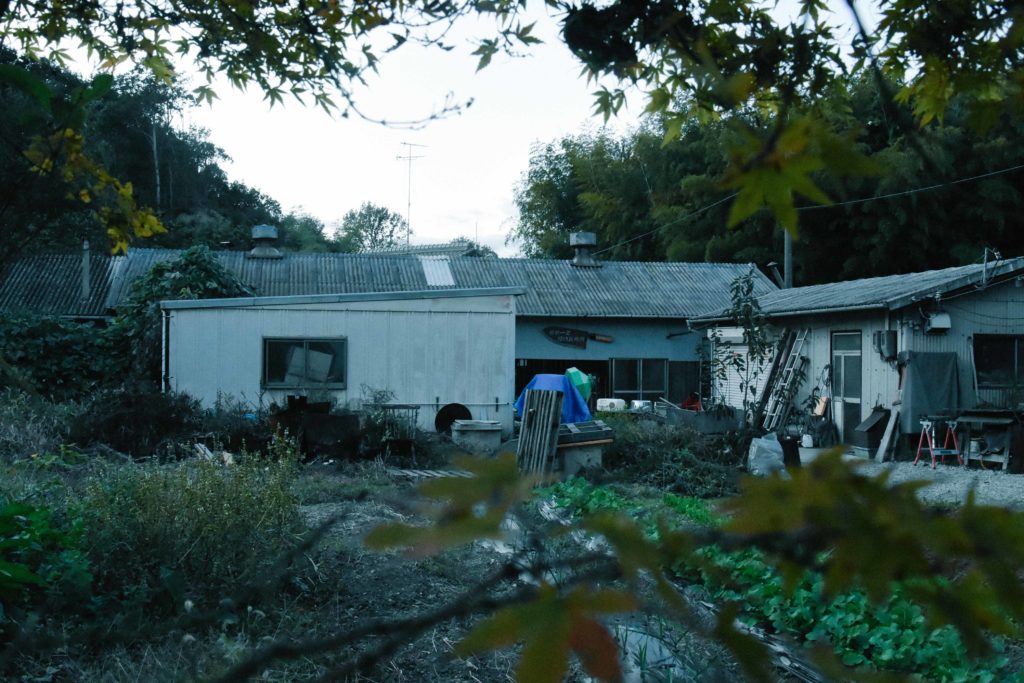In the late 16th century, Toyotomi Hideyoshi, a Japanese military commander, led the Siege of Miki, successfully cutting off provisions to Miki Castle after more than two years. Afterwards, carpenters arrived to rebuild the town but were soon faced with a shortage of tools. Blacksmiths arrived to fulfill this need, giving rise to the origin of Miki as a town renowned for metalworking, as their craftsmanship became deeply rooted in the region.
Even today, plasterers’ trowels, saws, chisels, planes, knives, scissors, and sickles and more are made in the town. Each tool is crafted in a unique way with distinct techniques and methods, so craftspeople specialized within the field of metalworking. Historically, work has been divided into specific roles, “sharpeners for sharpening” and “wholesalers for selling,” with the production community thriving on these cooperative relationships. Metalsmithing is so deeply rooted in the town that there is even a “metalworking shrine”.
Shigeki Tanaka, the main figure in this story, is the proprietor of TANAKA Kazuyuki Hamono. His predecessor, dating back to the late Meiji era, founded the blacksmith’s forge specializing in sickles. Mr. Tanaka is currently the 4th generation.
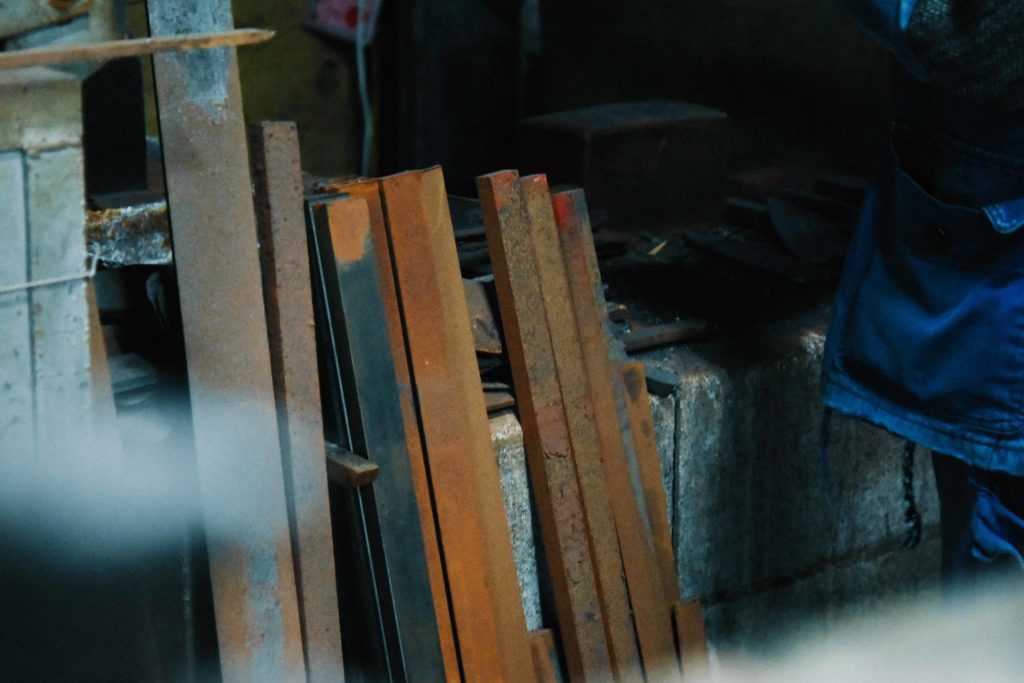
Iron before it is made into knives

Showing the process of making the tang of a blade

The knife begins to take shape during the forging process
「Grandpa, Dad, and the craftsmen were at the factory every day, and Mom was there too, quenching the bright red iron, making it sizzle.」For Mr. Tanaka, the sight of his family working at the forge was a daily occurrence since childhood. It seemed inevitable that as the eldest son, he would eventually inherit the family business. But there were times when he rebelled against this predetermined path. 「Why the heck do I have to take this over?」he would exclaim.
At the age of 18, he had a change of heart. Encouraged by his dearly loved grandfather to go and train as a blacksmith in Fukui Prefecture, as he watched his master forge blades into shape he realized that blacksmithing was actually very cool. At that moment, he decided that he too would follow this path.「I apprenticed for about three years. Originally, I had planned to show my gratitude by working for a certain period as an apprentice (a form of repaying the favor to the master), but my mentor said, ‘You don’t need to do that outdated stuff. Go back home and help your dad.’ So, that’s why I returned to my parents’ place.」
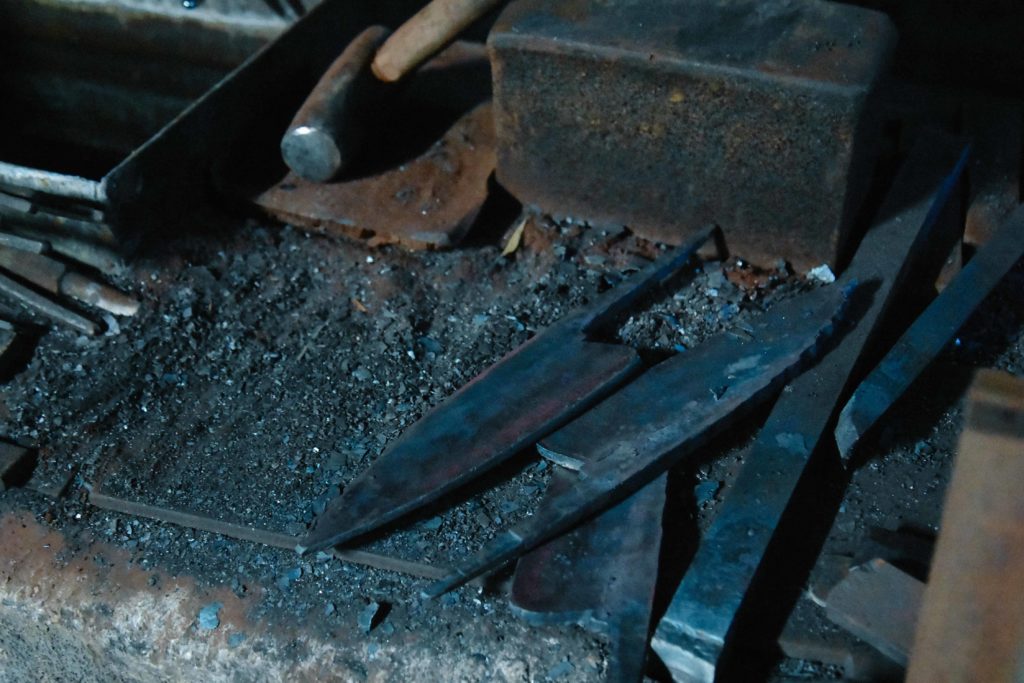
「My old man used to say, ‘There is no future in making sickles.’ From around my high school days, cheap sickles from China started flooding in the market, and there really wasn’t much work anymore.」During this period, with the majority of TANAKA Kazuyuki Hamono forge production focused on sickles, the business was facing a crisis. Therefore, Mr. Tanaka specifically chose to apprentice with a blacksmith making kitchen knives instead of sickles. After returning home, he gradually increased the proportion of knife production.「When my dad died in 2012, I switched to producing only kitchen knives.」Mr. Tanaka explains.
「You hear a lot about losing clients when there’s a generational change, but the changes in business and passing onto the next generation weren’t as tricky as people make it out to be because the markets for sickles and kitchen knives are totally different. And I had already been carving out my own sales channels and clients.」He successfully managed to change the direction of the family business.
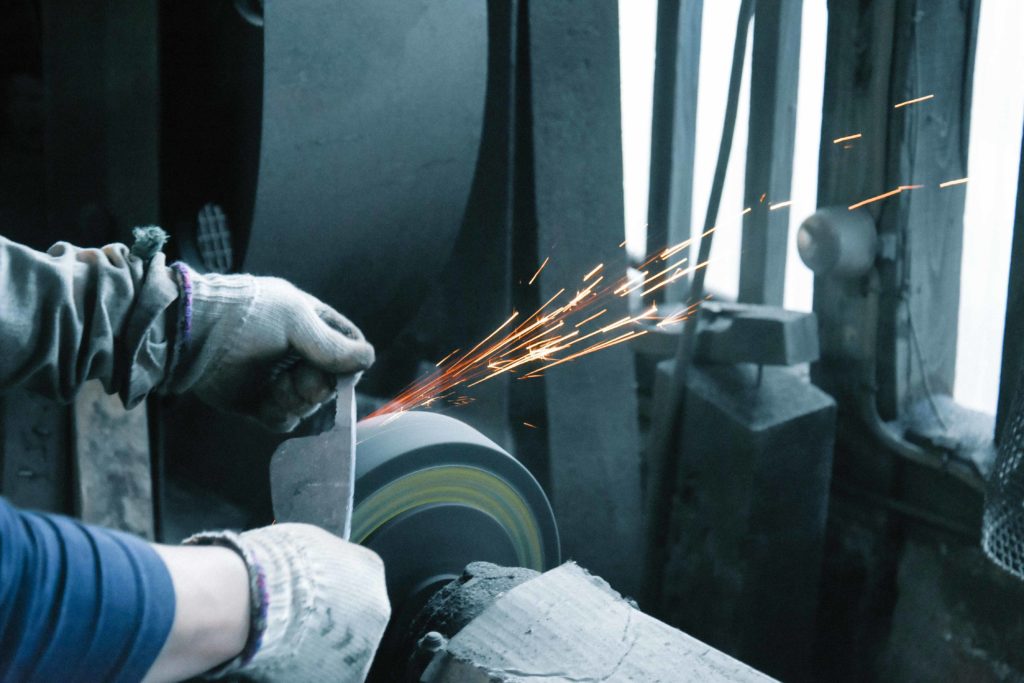

Mr. Tanaka is both a craftsperson and marketing strategist. He always takes on the challenge of trying new things even if they are not well understood; product development is thoroughly carried out from the user’s point of view. For example, if a new material becomes available, he makes prototype knives with it for potential buyers, such as fishermen, to use and provide feedback before going into full production. He also manufactures knives with a strong aesthetic appeal tailored for a niche market of passionate core enthusiasts.
While the majority of users are professionals and home cooks who value utility, a significant proportion of sales are for these knives with high aesthetic appeal. There is global demand for “TANAKA” knives from all over the world, and these niche-designer knives serve as a gateway for many to discover the wider collection. The strategy is to create products with high aesthetic appeal, nurturing core collectors, who buy these knives not just because they are from Japan or Miki but because they are TANAKA Kazuyuki Hamono knives. Mr. Tanaka’s aim is to build awareness of his everyday knives while cultivating a customer base appreciative of both functionality and trending products.
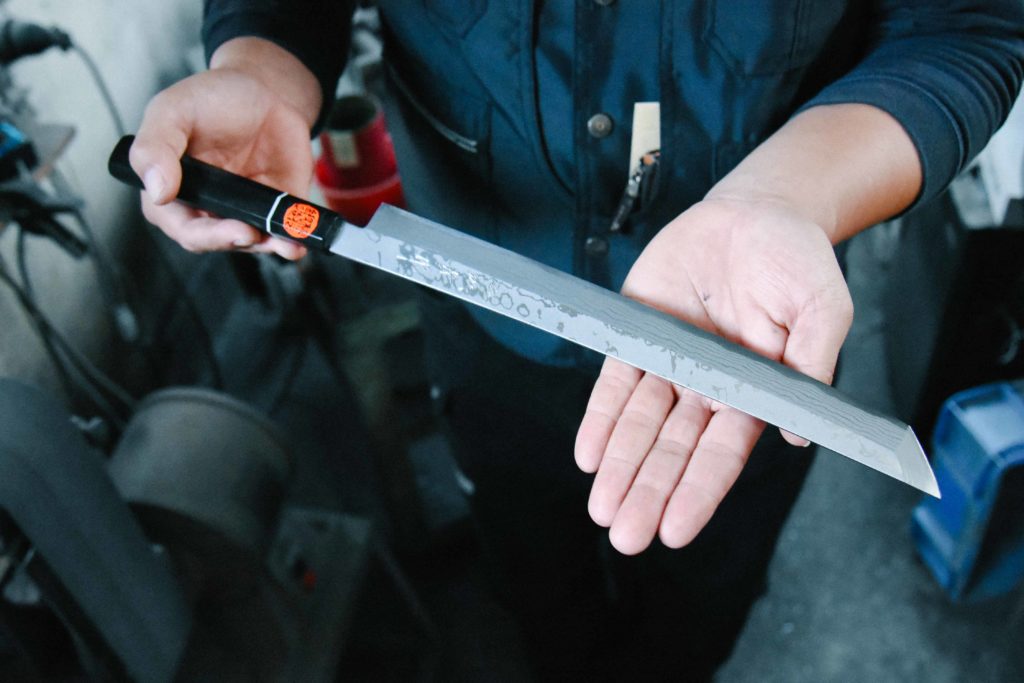
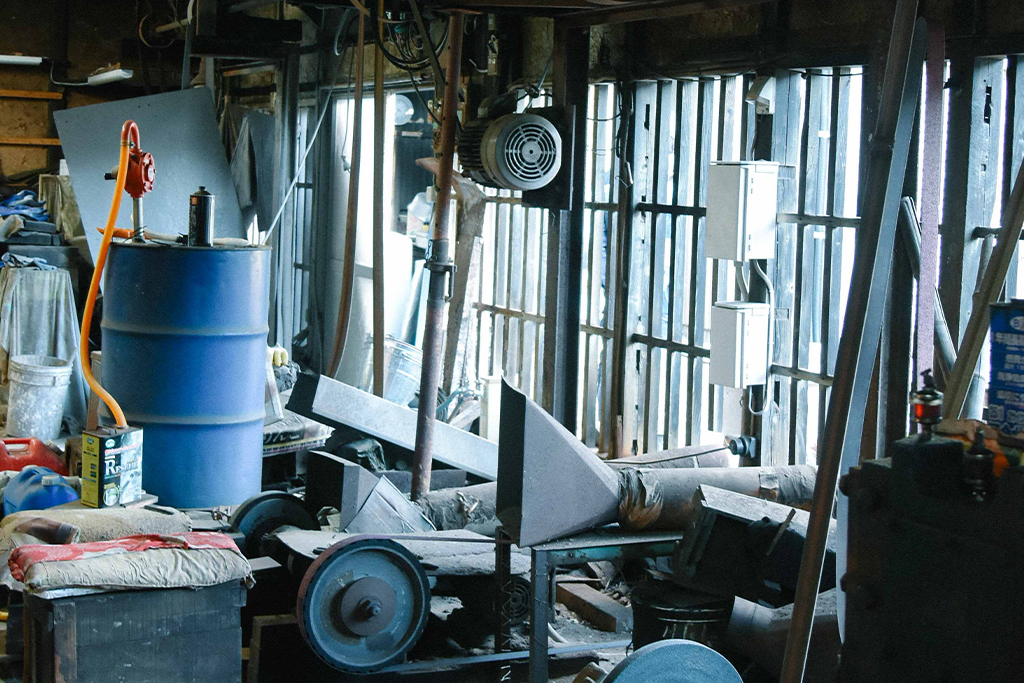
As it is hot in the factory, the walls are made with an open frame structure to improve ventilation, making it very cold in winter
In Japan, where steel, which is key to a knife’s sharpness, is highly valued and scarce, a unique technique of crafting knives developed, encasing it between layers of iron. From this innovation evolved a tradition of knife sharpening, giving rise to a knife culture that maximizes limited resources and allows long-lasting use. Japanese craftspeople must have put a great deal of effort into refining these techniques and skills in the face of scarce resources.
Mr. Tanaka’s grandfather continued manufacturing after the war despite restrictions on electricity usage. Struggling within the constraints of a limited power supply, he spread out tasks, carrying out one at a time, running the generator during the day and working noiselessly at night. After overcoming various shortages and restrictions, today’s era of abundance in Japan sees a significant decrease in skilled craftspeople. While one reason may be that the markets and industrial structures have changed, Mr. Tanaka also believes it is from a reluctance to pass on the legacy of hardships to the younger generation, with the unintended result of craft skills no longer being handed down. Mr. Tanaka continues to embrace new challenges with enthusiasm, eagerly awaiting the participation of the next generation to follow in his footsteps.

